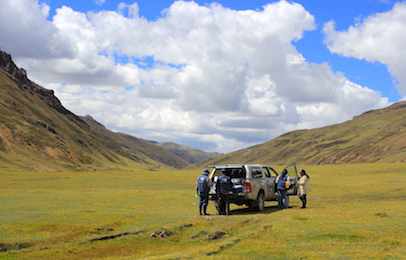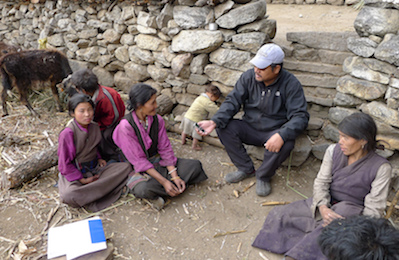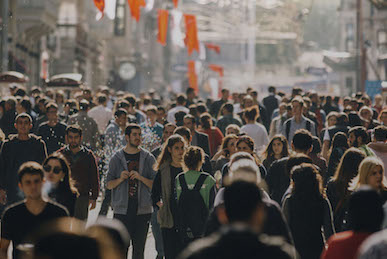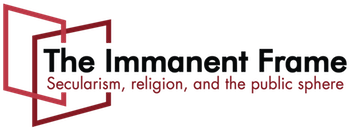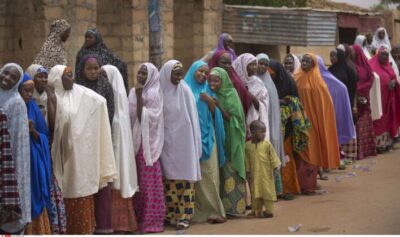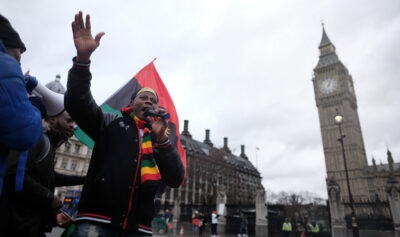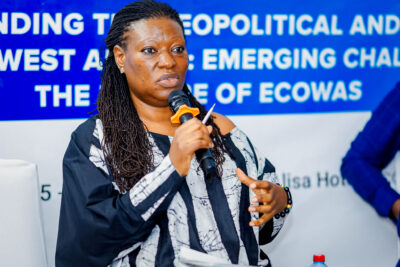Category
Understanding how decisions are made under conditions of uncertainty is one of the perennial questions of social science. While the current moment offers plenty of uncertainty with respect to a range of social and environmental dynamics, the stakes are especially high when we consider the risks brought about by the anticipation, occurrence, and aftermath of extreme weather conditions. Uncertainty pervades the trajectory of potentially disastrous events, such as hurricanes, tornadoes, and flooding, where it is typically conceived through predictions based on probabilities of an event’s physical occurrence, strength, and direction. But uncertainty also figures into how individuals and groups interpret forecasts, perceive risks, and respond to and recover from hazardous weather.
Much research exists on meteorological uncertainty in weather forecasts, how it is communicated, and how it is understood, but less attention has been paid to the ways in which other types of uncertainty emerge through the lifecycle of a hazardous weather event or across multiple events. People engaged at every stage of the process, from prediction to recovery—including atmospheric scientists, operational forecasters, emergency managers, broadcasters, and members of the public—interpret, infer, and consider uncertainty in their perceptions and decision-making. Social scientists and others need to pay more systematic attention to nonmeteorological types of ambiguity that arise from social, cultural, political conditions. How do such contexts shape understandings of a forecast or warning, perceptions of risk, and decision-making?
For instance, when there is a threat of a tornado, uncertainty abounds: Will the weather prediction models accurately anticipate rapid changes? What is the chance the tornado will form? Will a forecaster identify it as a threat? This gets even more complicated as information about the elements and characteristics of the threat are disseminated: What path will it take? How long will it last? Whether people will receive threat information, understand it and perceive it as relevant to them, and have the ability to respond are also uncertain. Even if all of these conditions are met, variables in each individual’s situation can mean that taking protective actions will result in other costs, which must be weighed in each decision.
By engaging scholars across the social sciences, “Chancing the Storm” aims to address this “other” uncertainty. These essays emerged from a panel series at the 2019 meeting of the American Meteorological Society, sponsored by the SSRC’s Scholarly Boderlands initiative, that showcased ways in which social scientists are building a more holistic understanding of all aspects of uncertainty when extreme weather threatens and occurs, and how this understanding can be coupled with cutting-edge atmospheric science research to better characterize uncertainty. Through this series, participating authors aim to connect divergent streams of research and practitioner knowledge, help build more comprehensive theory, and provoke methodological innovation in research about uncertainty in extreme weather and the people who are touched by it. Through deeper understanding of the tacit and unseen ways that uncertainty shapes expert and public decisions, we hope to reveal places where social scientists and practitioners might intervene to improve the way we communicate extreme weather conditions and risks.


